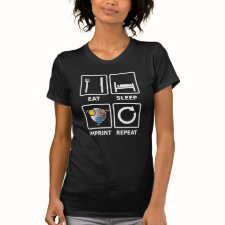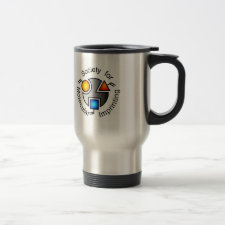
Authors: Leong MI, Fuh MR, Huang SD
Article Title: Beyond dispersive liquid-liquid microextraction.
Publication date: 2014
Journal: Journal of Chromatography A
Volume: 1335
Page numbers: 2-14.
DOI: 10.1016/j.chroma.2014.02.021
Alternative URL: http://www.sciencedirect.com/science/article/pii/S0021967314002374
Abstract: Dispersive liquid-liquid microextraction (DLLME) and other dispersion liquid-phase microextraction (LPME) methods have been developed since the first DLLME method was reported in 2006. DLLME is simple, rapid, and affords high enrichment factor, this is due to the large contact surface area of the extraction solvent. DLLME is a method suitable for the extraction in many different water samples, but it requires using chlorinated solvents. In recent years, interest in DLLME or dispersion LPME has been focused on the use of low-toxicity solvents and more conveniently practical procedures. This review examines some of the most interesting developments in the past few years. In the first section, DLLME methods are separated in two categories: DLLME with low-density extraction solvent and DLLME with high-density extraction solvent. Besides these methods, many novel special devices for collecting low-density extraction solvent are also mentioned. In addition, various dispersion techniques with LPME, including manual shaking, air-assisted LPME (aspirating and injecting the extraction mixture by syringe), ultrasound-assisted emulsification, vortex-assisted emulsification, surfactant-assisted emulsification, and microwave-assisted emulsification are described. Besides the above methods, combinations of DLLME with other extraction techniques (solid-phase extraction, stir bar sorptive extraction, molecularly imprinted matrix solid-phase dispersion and supercritical fluid extraction) are introduced. The combination of nanotechnique with DLLME is also introduced. Furthermore, this review illustrates the application of DLLME or dispersion LPME methods to separate and preconcentrate various organic analytes, inorganic analytes, and samples
Template and target information: Review - dispersive liquid-liquid extraction
Author keywords: Dispersive liquid-liquid microextraction, Dispersion liquid-phase microextraction, preconcentration, sample preparation



Join the Society for Molecular Imprinting

New items RSS feed
Sign-up for e-mail updates:
Choose between receiving an occasional newsletter or more frequent e-mail alerts.
Click here to go to the sign-up page.
Is your name elemental or peptidic? Enter your name and find out by clicking either of the buttons below!
Other products you may like:
 MIPdatabase
MIPdatabase









